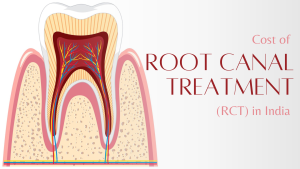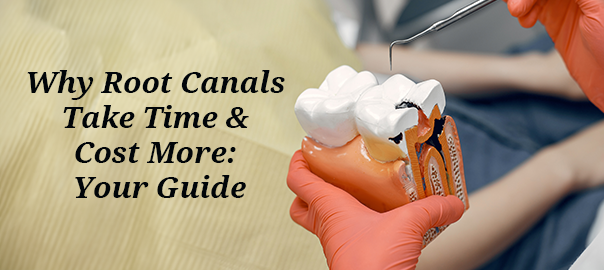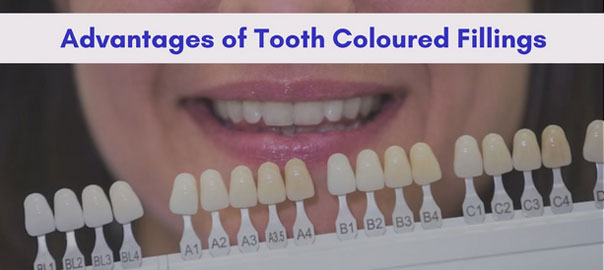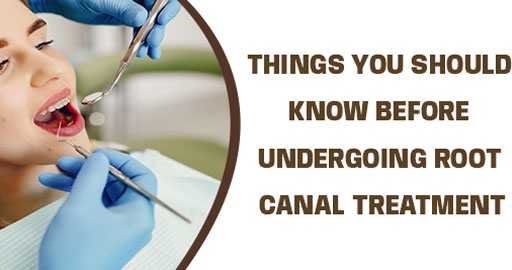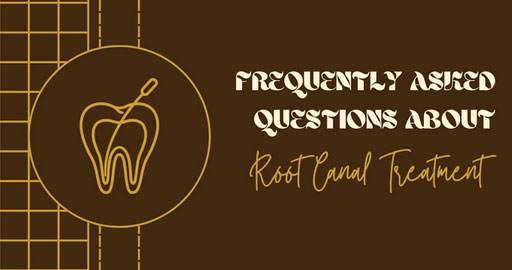
Frequently Asked Questions About Root Canal Treatment
Table of Contents
- 1. Do Root Canals Hurt?
- 2. What Should I Expect After a Root Canal?
- 3. Who Should Perform My Root Canal Procedure?
- 4. What Are the Advantages of Root Canal Therapy?
- 5. Are Root Canals Safe?
- 6. What Are Common Signs of a Failed Root Canal?
- 7. What Happens If My Root Canal Fails?
- 8. What Are the Alternatives to Root Canal Treatment?
- 9. How Long Does Root Canal Recovery Take?
- 10. Can I Eat After a Root Canal?
Root canal treatment is a dental procedure that often raises questions and concerns among patients. This commonly performed dental therapy is essential for preserving a damaged or infected tooth, but it can be surrounded by misconceptions and uncertainty. To help clear up any doubts and provide you with accurate information, we’ve compiled a list of frequently asked questions about root canal treatment.
Whether you’re considering this procedure or simply want to learn more about it, this comprehensive guide will address your queries and shed light on the intricacies of root canal therapy. Let’s dive into the most common questions and their answers to demystify this essential dental treatment.
1. Do Root Canals Hurt?
Root canal therapy typically brings relief from tooth pain as the infection source is removed. If you experience throbbing pain afterward, it’s important to promptly contact your healthcare provider for evaluation and possible intervention.
2. What Should I Expect After a Root Canal?
It’s normal to encounter some sensitivity in the days following a root canal. This sensitivity can usually be managed with prescription or over-the-counter pain relievers. In most cases, these symptoms gradually diminish within one to two weeks.
3. Who Should Perform My Root Canal Procedure?
Root canal treatments are carried out by either general dentists or specialized endodontists. General dentists often handle front teeth or less complex cases, while endodontists are typically called upon for more intricate procedures involving teeth with multiple roots or complex anatomy.
4. What Are the Advantages of Root Canal Therapy?
Root canal therapy offers several benefits, including:
- Preventing the infection from spreading to other teeth.
- Easing the discomfort associated with an infected tooth.
- Reducing the risk of damage to the jawbone.
- Eliminating the need for tooth extraction, preserving your natural tooth whenever possible.
5. Are Root Canals Safe?
Yes, root canals are considered safe and highly effective, with success rates reaching up to 99%. It is a well-established dental procedure used to save teeth and alleviate pain caused by infection.
6. What Are Common Signs of a Failed Root Canal?
Indications of a failed root canal may include:
- Persistent pain in the treated tooth.
- Swollen gums around the tooth.
- Pus or drainage from the area.
- Discoloration of the treated tooth.
- Development of a pimple or boil on the gums.
- Sinus issues related to the treated tooth.
7. What Happens If My Root Canal Fails?
If a root canal fails, your healthcare provider will discuss available options with you. In some instances, retreatment of the root canal may be possible. However, it may also be necessary to consider alternative dental procedures to address the issue effectively.
8. What Are the Alternatives to Root Canal Treatment?
The primary alternative to root canal therapy is tooth extraction. Although preserving natural teeth is preferred, extraction might be required in cases where root canal treatment is not feasible or successful. Various replacement options, such as dental implants, bridges, or partial dentures, can be explored after extraction to restore oral function.
9. How Long Does Root Canal Recovery Take?
Typically, root canal recovery lasts less than a week. While mild discomfort may persist for a few days, it can be managed with medication. If you experience severe or prolonged pain beyond a week, it’s advisable to contact your healthcare provider for further evaluation.
10. Can I Eat After a Root Canal?
– Yes, you can eat after a root canal, but it’s best to wait until the numbness from anesthesia wears off. Start with softer foods like pasta, mashed potatoes, and yogurt for the initial days. Avoid biting or chewing with the treated tooth until the permanent dental restoration is in place.
Leave a Reply
Leave a Reply
POPULAR POST









